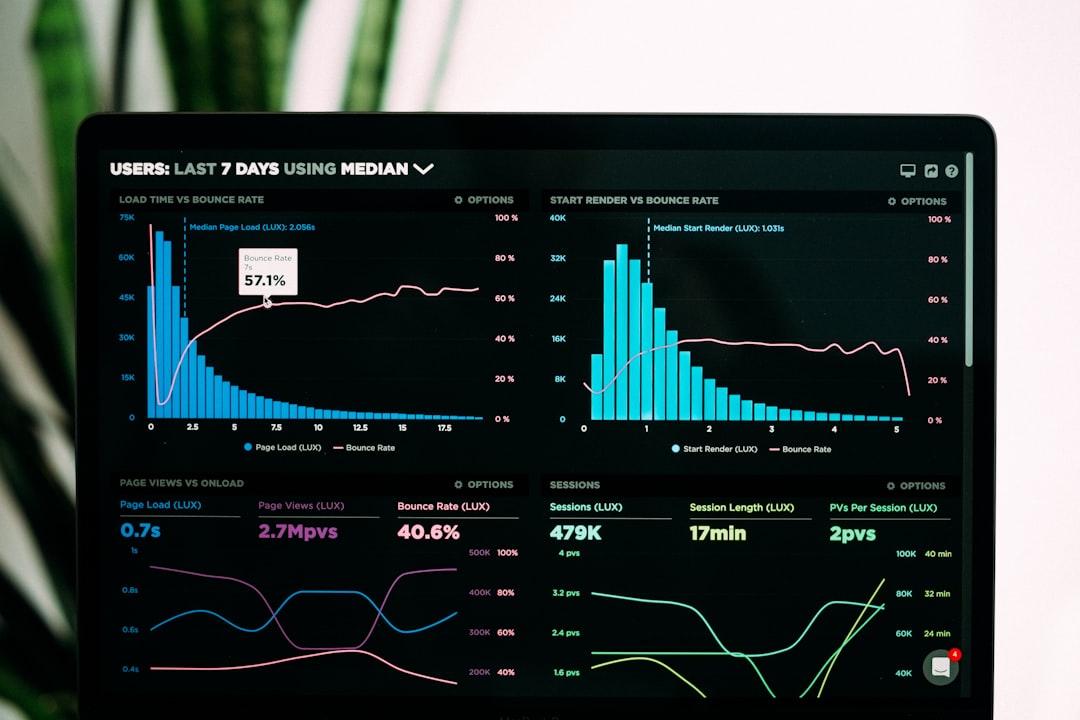
Optimizing Data Flow Anonymization Strategies for Enhanced Interface Security
In today’s digital landscape, data privacy and security are of paramount importance. As businesses strive to comply with regulations like GDPR and HIPAA, the need for effective data anonymization strategies has never been more crucial. This article discusses how to optimize data flow anonymization strategies to enhance interface security, ensuring that sensitive information remains protected while still providing valuable insights.
Understanding Data Flow Anonymization
Data flow anonymization is the process of modifying data so that it cannot be traced back to its original source. This is essential in protecting personally identifiable information (PII) and maintaining user privacy. By anonymizing data, organizations can harness the power of data analytics without compromising security.
Key Anonymization Techniques
-
Data Masking: This technique involves replacing sensitive data with fictitious values. For instance, a credit card number can be masked to show only the last four digits.
-
Pseudonymization: In this method, identifiable data fields are replaced with artificial identifiers. While the data can still be linked back to an individual with additional information, it significantly reduces the risk of exposure.
-
Aggregation: Aggregating data allows organizations to analyze trends without exposing individual data points. This method is particularly useful in business intelligence applications.
-
Differential Privacy: This emerging technique adds noise to the data to obscure individual entries, enabling organizations to gather insights while safeguarding personal information.
Optimizing Anonymization Strategies
To enhance interface security, organizations should implement a multi-faceted approach to data anonymization. Here are some strategies to optimize data flow anonymization:
1. Incorporate Automation
Automation tools can streamline the anonymization process, ensuring that sensitive data is masked, pseudonymized, or aggregated consistently. Leveraging DevOps automation practices, such as continuous integration and deployment pipelines, can help integrate anonymization into the data workflow seamlessly.
# An example of automating data masking in a CI/CD pipeline
mask_data() {
# logic to mask sensitive data
}
deploy_pipeline() {
mask_data
# additional deployment steps
}2. Regularly Review and Update Anonymization Techniques
The landscape of data privacy regulations and threats is constantly evolving. Regularly reviewing and updating anonymization techniques and tools is essential for maintaining robust security. Staying informed about the latest trends in data protection will help organizations adapt their strategies accordingly.
3. Use Role-Based Access Control (RBAC)
Implementing RBAC ensures that only authorized personnel have access to sensitive data. By defining roles and permissions, organizations can minimize the risk of unauthorized access, enhancing the overall security of data flows.
4. Monitor and Audit Data Access
Establishing a monitoring and auditing system allows organizations to track how data is accessed and used. This visibility can help identify potential security breaches and ensure compliance with data protection regulations.
Emerging Trends in Data Anonymization
As technology evolves, new trends in data anonymization are emerging. Here are a few noteworthy developments:
-
AI-Driven Anonymization: Artificial Intelligence (AI) is being increasingly utilized to enhance anonymization processes. AI algorithms can identify patterns and apply the most appropriate anonymization techniques based on the data type.
-
Blockchain for Data Security: Blockchain technology offers a decentralized approach to data security. By utilizing blockchain, organizations can ensure data integrity and traceability while still anonymizing sensitive information.
-
Privacy-By-Design: This concept emphasizes incorporating privacy considerations into the design and architecture of systems from the outset, rather than as an afterthought.
Practical Applications and Case Studies
Many organizations have successfully optimized their data flow anonymization strategies. For example, a healthcare provider implemented a pseudonymization strategy for patient records, allowing them to share data for research purposes while maintaining compliance with HIPAA regulations. The result was a significant reduction in the risk of data breaches and increased trust from patients.
Further Reading and Resources
To deepen your understanding of data flow anonymization and security, consider exploring the following resources:
By implementing these strategies and staying informed about emerging trends, organizations can significantly enhance their interface security while optimizing data flow anonymization.
Encouraging a culture of data privacy and security within your organization will not only protect sensitive information but also foster trust with your users. For ongoing updates on best practices and tools in the DevOps space, consider subscribing to industry newsletters or following relevant blogs.
Glossary of Terms
- Data Masking: The process of obscuring specific data within a database to protect it.
- Pseudonymization: The replacement of private identifiers with fake identifiers.
- Aggregation: The process of combining data points to produce summary statistics.
- Differential Privacy: A technique to ensure that the removal or addition of a single database item does not significantly affect the outcome of queries.
By embracing these strategies and resources, organizations can effectively optimize their data flow anonymization strategies for enhanced interface security.


